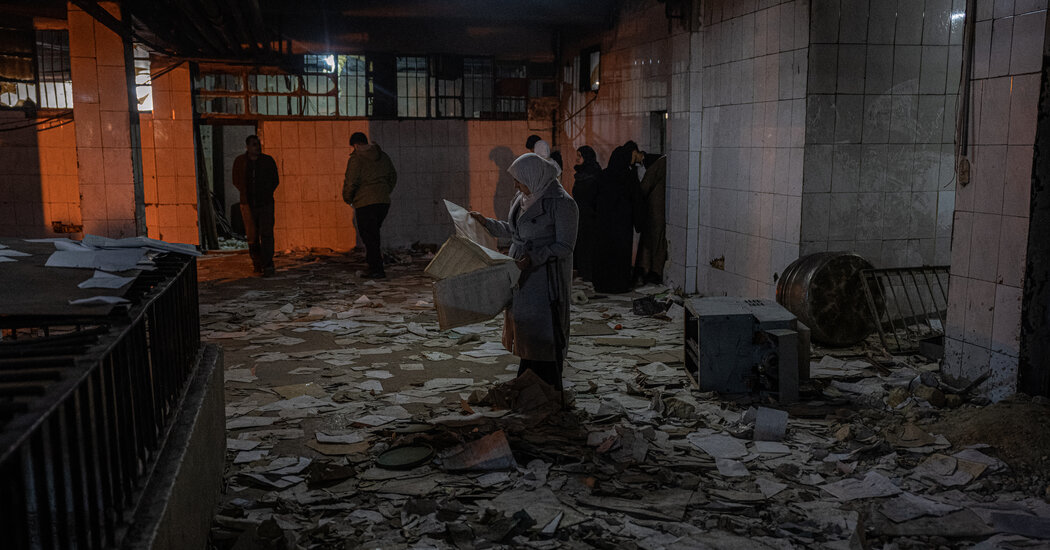Syria Shudders as Assad’s Prison Atrocities Come Into the Light
DAMASCUS, Syria — In the days since the Syrian rebel coalition overthrew the Assad government, tens of thousands of people in Damascus have taken to the streets, reveling in their newfound freedom. But beneath the celebrations, a stark and haunting reality has come to light: the depths of the atrocities committed by Bashar al-Assad’s government, particularly in its vast network of prisons and detention centers.
The most notorious of these is Sednaya, a prison complex on the outskirts of Damascus known for its brutal regime and high mortality rate. Last week, as the government collapsed, thousands of people flocked to Sednaya, searching for their loved ones who had been taken by the Assad forces.
The prison complex is a labyrinth of cell blocks, interrogation rooms, and offices, with three sprawling wings that once held thousands of prisoners. Many are said to have been brutally beaten, starved, bloodied, and broken during their time in detention.
As the crowds swept through the prison, relatives of the disappeared tore apart cells, searching for signs of life. Some are reported to have found prison maps and logs, others body bags containing the dead, and still others cryptic notes scrawled on walls.
The streets outside the prison are eerily quiet, with only the sounds of distant airstrikes piercing the air. The smoldering brush outside is evidence of the rebels’ failed attempt to detonate the land mines scattered across the hillside.
Ghassan al-Debs, 63, has been searching for his son Maher, arrested in 2014, since the day he went missing. “I have to know where they are, where have they disappeared to? What happened to them? Why can’t we find them?” he cries out, his eyes haunted.
As the days turn into weeks, the gruesome toll of the Assad regime becomes clearer. Rights groups believe that tens of thousands of people were killed at Sednaya, executed in mass hangings, with many more buried in mass graves or cremated.
The morgue at Al-Moujtahed Hospital, filled with the bodies of presumed prisoners, is a place where the horrors of Sednaya are laid bare. The bodies are battered and mutilated, bearing evidence of torture and execution.
For many, the only solace is found in the Telegram channel uploaded with pictures of the deceased. Roqaya al-Neshi, 65, debates whether to look at the images of the dead, hoping to identify her son Abdul Salam.
As the reality sets in, the search becomes one of acceptance. Allie Saloum, 50, whose son disappeared 11 years ago, weeps, saying, “I have no hope left. It’s all gone.”

